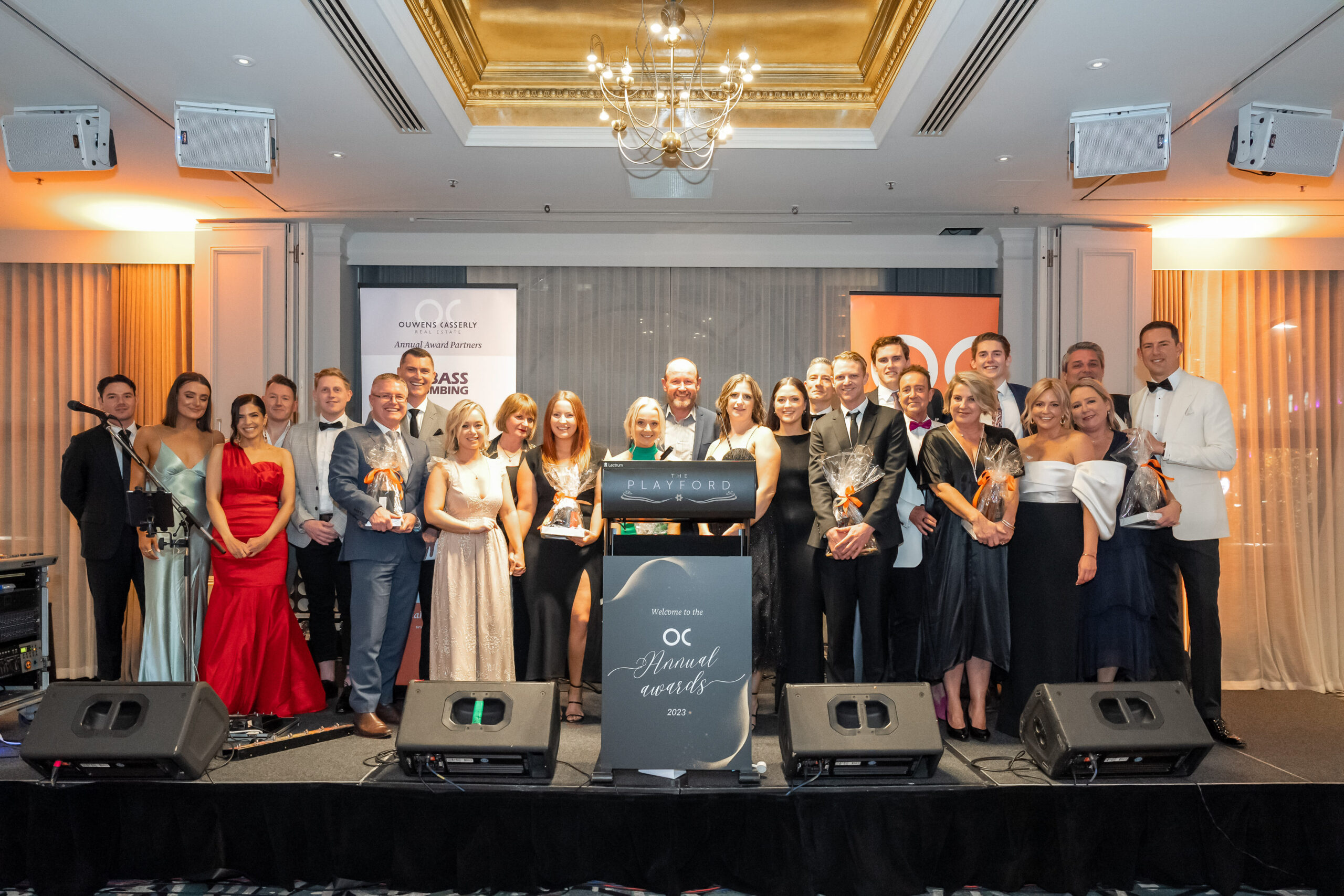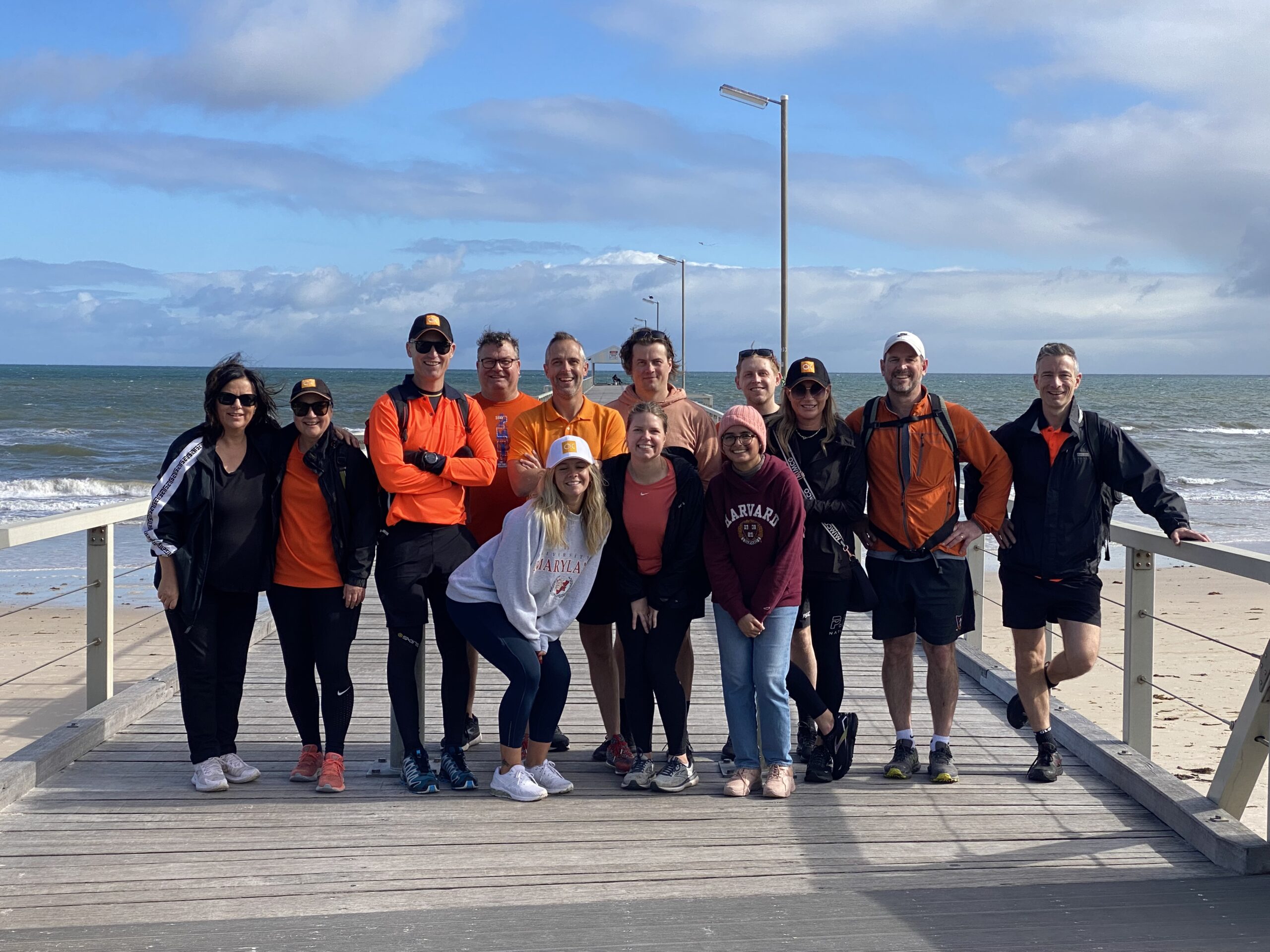With both the residential and commercial property markets finally cooling nationally, it is important to look separately at Adelaide from the broader national market. Adelaide really benefited from the Covid driven ‘revaluation of the way we live & work’. People have renovated their homes to incorporate zoom rooms and now have an expectation their office will be a premium environment. It is no longer viable for an attraction business to be residing in B-Grade accommodation.
With Adelaide experiencing high levels of interstate migration due to affordability and liveability coupled with workplace flexibility, there are positive signs that Adelaide will continue to be an attractive destination for workers and developers alike. Chris Vounasis, Director of Future Urban Planning, Adelaide’s preeminent urban planning business, says he has never witnessed the level of demand from interstate developers in SA. With bricks and mortar retail investment from international brands getting stronger, Adelaide is igniting with excitement with more major projects in the pipeline than ever before. Developments such as the $400M Adelaide Central Markets Arcade redevelopment by ICD, the 12,000sqm Australia Post site redevelopment by Kennards and The former Gasworks site by MAB will all contribute to city and urban renewal.
Health & Medical Research is flourishing with the largest health cluster in the Southern Hemisphere – The multibillion-dollar medical precinct on Adelaide’s North Terrace boulevard – $2.4 billion Royal Adelaide Hospital, The new Women’s and Children’s hospital at a cost of $1.95 billion and due for completion in 2027, The South Australian Health & Medical Research Institute (SAHMRI 1) and The Australian Bragg Centre For Proton Therapy is planned for completion in 2023.
Residential
Adelaide’s position as a rising residential property market is evident – from elevated growth rates, a demand for property in higher price brackets, and a whopping 64.6% increase in views per listing[1] compared with the same time last year.
Cementing itself as one of the more COVID resilient markets in Australia, demand for property in Adelaide hit a record high in March, despite slowing in most other major capital cities as the official cash rate begins to rise. The emergence of a two-speed housing market has become even more evident this month, with both CoreLogic and REA’s PropTrack data showing house prices have fallen in Sydney and Melbourne in May, but have increased in Adelaide.
Along with Brisbane, Adelaide’s residential market is benefiting from interstate migration, driven by affordability, liveability and remote working, and low levels of advertised stock. And, according to senior market analysts, there is still plenty of momentum in the market.
Adelaide dwelling values have increased by 5.7% in the past quarter[2], with ANZ further cementing current confidence in the market by lifting its house price forecast for the Adelaide market to 11%, compared to a national average of 8%.
Despite the rise, Adelaide remains Australia’s third most affordable capital city, sitting behind Perth and Darwin with a median dwelling value at the end of May at $626,744.
According to CoreLogic’s head of research, Eliza Owen, of 651 houses analysed across the Brisbane and Adelaide markets there was not a single decrease in values across quarterly and annual figures. Key areas of growth included the north-western coastal suburbs of Largs North, Ottoway and North Haven.
Adelaide’s affordability is a key attraction to many on the east coast who have come out of the pandemic with increased workplace flexibility and ability to work remotely and is driving demand for adaptive living spaces with home offices, sophisticated outdoor living spaces and separate breakout areas for children.
REA Group’s PropTrack Housing Market Indicators Report April 2022 shows demand for property in Adelaide hit a record high in March, particularly for larger homes, bigger block sizes and at higher price points.
However, demand for units is also expected to increase once the new Federal Government’s Help to Buy scheme kicks in, which will see eligible buyers receive a 40 per cent equity contribution from the Labor Government on the purchase of a new home, and up to 30 per cent towards existing homes. The scheme’s pricing cap means apartments fall right in the sweet spot and comes as CoreLogic reports that new borrowers are, on average, sidelining 40 per cent of their income on their home loan, up four percentage points on pre-pandemic data.
Within the new-home sector, the former Federal Government’s COVID-busting HomeBuilder grants continue to have an impact, particularly in the city fringe estates around Mount Barker, Gawler and Seaford Heights.
The unprecedented demand for new housing generated by the grants, alongside supply chain issues and fragile global infrastructure networks, has also pushed up construction costs and building timelines.
Corelogic has reported construction costs have seen their highest yearly growth since 2005 – with a year-on-year increase to September 2021 of 7.1%.
Meanwhile, Nick Smerdon, Director of HWT Residential, said building timeframes – from contract signing to handover of keys – have blown out from an average of six to eight months to between 10 and 18 months.
The dual impact of rising costs and wait times have led to additional demand for near new established homes in developed estates as well as contributing to record low rental vacancies, with Adelaide’s residential rental vacancy rate sitting at just 0.3 per cent[3].
While Owen expects Adelaide’s growth rates to settle in 2022, it is evident there is still opportunity within the market, with industry research[4] identifying Largs Bay, Salisbury Heights and Flagstaff Gully as among Australia’s top 20 undersupplied housing markets.
Commercial
Any doom and gloom predictions about the health of Adelaide’s commercial sector have quickly been put to rest in the first quarter of 2022, with the market seeing significant retail construction and refurbishment.
HWT’s latest National Property Clock places Adelaide in an excellent position in a rising market, alongside the Adelaide Hills, Barossa Valley, Coffs Harbour, Gladstone and Mildura, which is reflected in recent sales data from Adelaide Cityscope.
Sales for the year to April 2022 have almost doubled from the previous 12 months, with 116 sales totalling $1.06 billion, up from 53 sales and a total of $581.3 million in the 12 months to April 2021.
Knight Frank’s Adelaide CBD Office Market Report 2022 highlights the vacancy rate in the Adelaide CBD is declining, dropping from 15.7% to 14.5%. At OC Projects and across the entire OC Group where we sell over 1200 homes per year and manage over 1600 rentals, we have seen an incredible tightening in commercial rental vacancies, dropping from 8% to just one per cent since State Government pandemic measures were loosened. This has been similar to residential rentals in the CBD, going from 8%+ to less than 1% vacancy rates.
And what are the driving forces behind these figures?
- Demand for new prime stock – with an increased ability to work from home, office spaces more than ever need to compete in terms of quality, amenities, and comfort. As a result, tenants continue to shift towards quality stock, forcing secondary building owners to undertake major restorations and refurbishments to compete;
- International interest – substantial interest from blue-chip companies and global enterprises, particularly in the consulting, cyber security and engineering sectors, as well as in the retail sector;
- Government interest – from government enterprises and commonwealth departments; and
- The health of SA’s economy, coupled with an anticipated stable political landscape for 2022-24.
The demand for new generation prime stock (ie. stock built after 2006) is having a flow-on effect on average rents for secondary stock, with the latter increasing by 3.4% in February 2022 when compared with the previous 12 months. Average gross effective rents now sit at $401m2 for prime and $273m2 for secondary stock.
With several new office developments expecting completion in late 2022 and early 2023, tenant demand for pre-2006 prime buildings is expected to increase in the short term before falling once new builds are complete. Over 100,000sqm of A Garde lettable space will enter the market across 2023/24. Will this provide investors opportunities in the B and C grade markets where older generation landlords may think it’s time to liquidate their assets to avoid costly upgrades.
The inner-city fringe continues its popularity amongst those looking for high traffic exposure, accessibility, and car parking with Knight Frank[5] finding the fringe market recorded a decrease in the vacancy rate in the six months to March 2022.
Within the retail sector, interest from international brands looking to establish bricks and mortar stores in Adelaide is supporting major refurbishments of sites such as City Cross Shopping Centre. These trends are supported by URBIS data[6] showing bricks and mortar retail spending in Australia is expected to increase by $40 billion by 2025.
Overall the health of Adelaide’s commercial property sector looks incredibly bright as we head into the second half of 2022, particularly amongst those investing in prime new generation stock or refurbishment of existing sites.
In summary, SA is accoladed with an AA+ Rated Economy by S&P, heightened Year-on-Year growth and second only to Queensland (2.6%) with the strongest migration since 1981. Forecast defence investment of over $90 billion over 30 years and $19.5 billion of infrastructure investment by the state government over the next 4 years. Australia’s next innovation and cyber security hub and home to the Australian Space Agency and a mass of hype and activity around Lot 14 is firmly placing Adelaide as the “Silicon Valley” of Australia.







